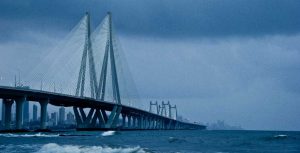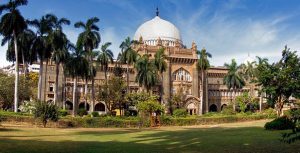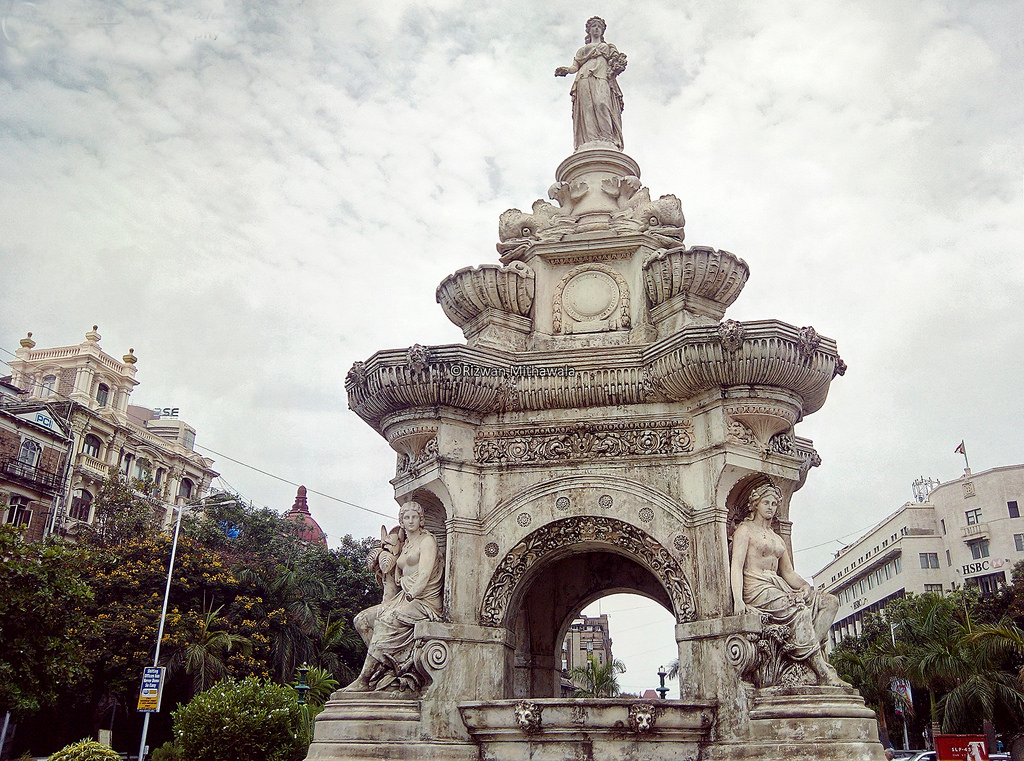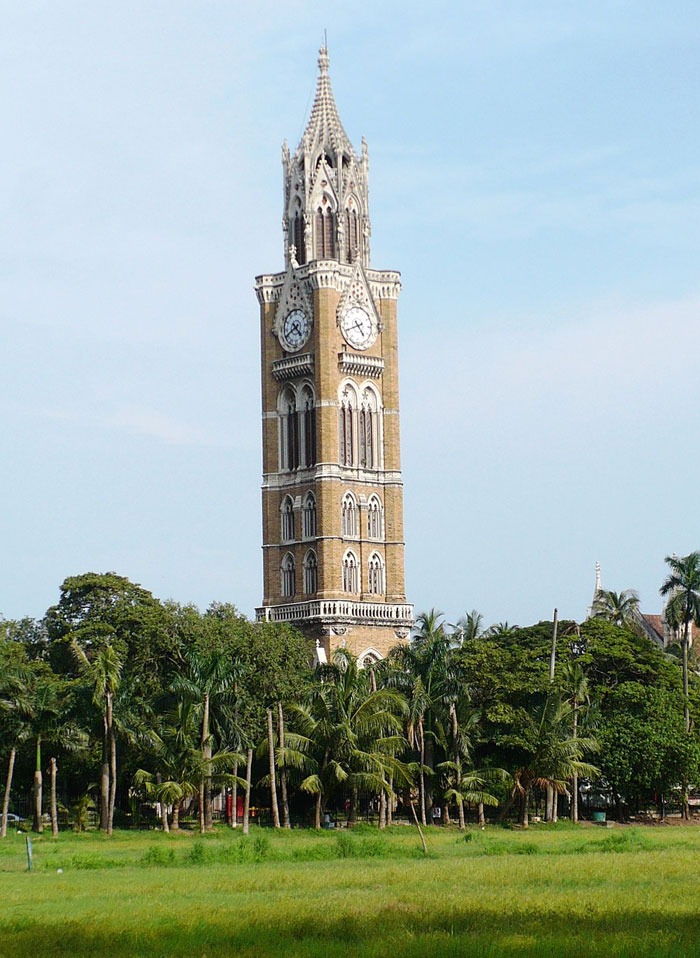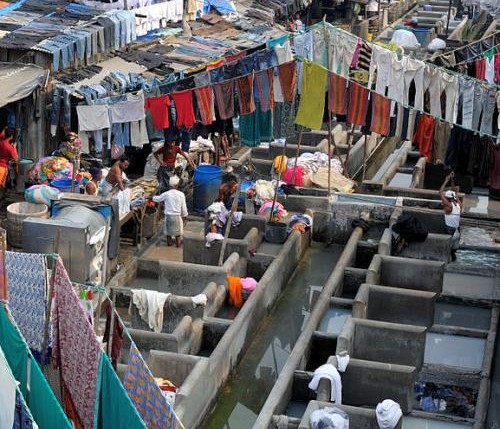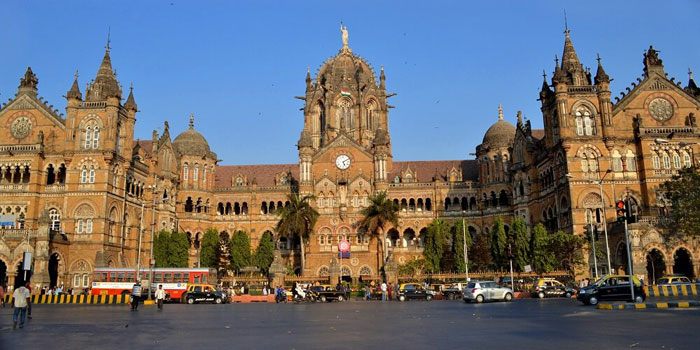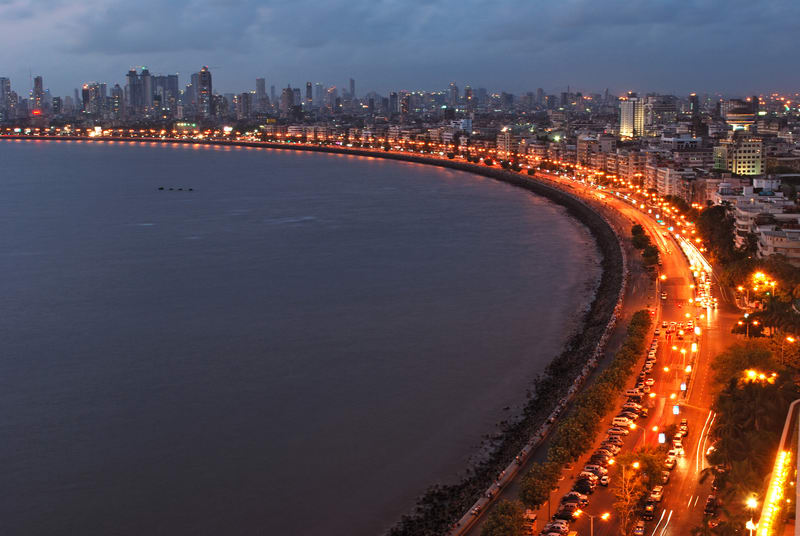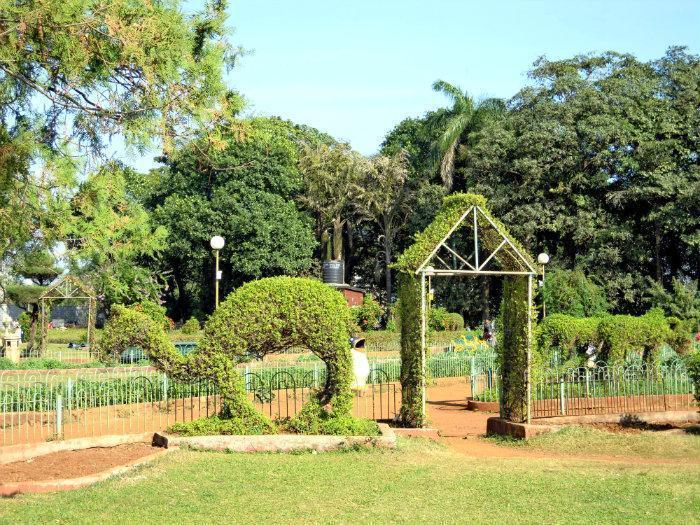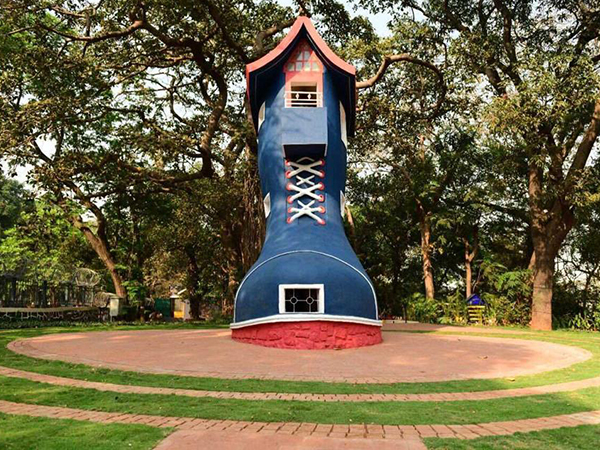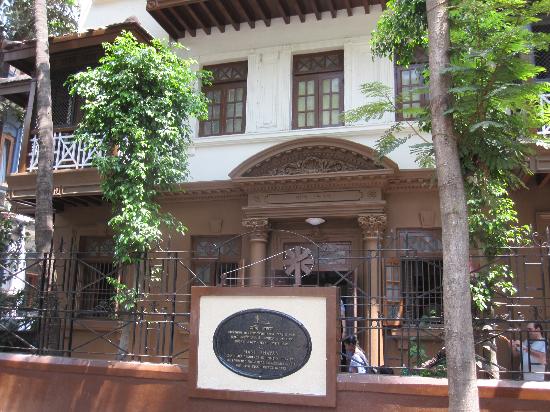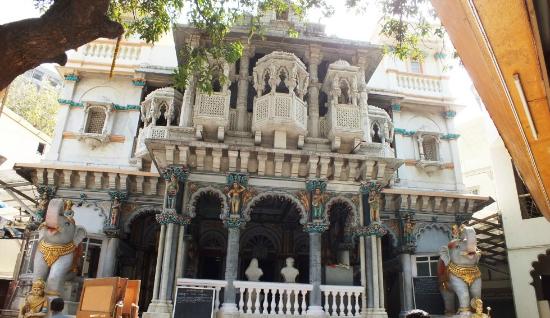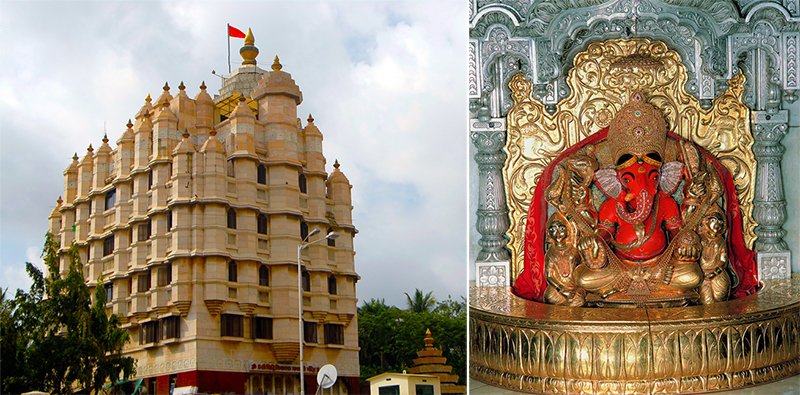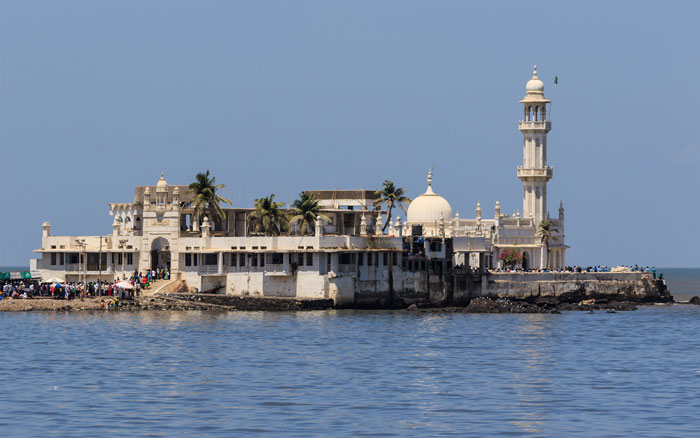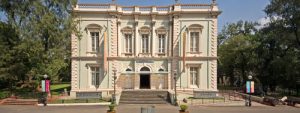GUIDED CITY TOUR OF MUMBAI
Upto Two Person INR. 6,000.00 (USD.95.00)
Three – Five Person INR.7,000.00 (USD.105.00)
Six – Ten Person INR.12,000.00 (USD.195.00)
Includes :
- Luxury Car with Fuel, Pick Up from your Hotel/Home (Within Mumbai) and Drop Back to Same Place.
- English Speaking Tour Guide (Other Languages Guide can be Arranged at Extra Cost, which is Subject to Availability)
- Car Parking Charges / Sea Link Tolls
- Bottle of Mineral Water
- Currently Applicable Taxes and Bank Charges
Supplements :
- Indian Vegetarian Lunch Rs.700.00 Per Person
- Entry to Museum (Prince of Wales) Rs.500.00 Per Person – To be Paid Direct
- Excursion to Elephanta Caves Tour Rs.900.00 Per Person
(Includes Ferry Charges / Train Charges / Village Tax / Entrance / Guide Charges)
If Departure Drop to Railway Station / Airport after Tour additional Charges of Rs.600.00 is Applicable. City Tour can also be Arranged on Arrival (Airport/ Railway Station) , latter Drop to Hotel, with Additional Cost of Rs.600.00 with Parking Charges.
Note : Prince of Wales Museum and Elephanta Caves are close on Mondays.
Apart from City Tour , Special Request from Guest like Visit to Church/Synagogue/Temple, Shopping, etc can be considered (If its on the Way and Time Permits). There is No Compulsion to Visit Each and Every Places. We are Flexible as Per Guest Choice.
TRANSFERS : (Big Car – Seating Capacity Five Passenger) Airport/ Railway Station Arrival Transfer Rs.1800.00 (USD.30.00) (Includes of Parking Charges / Sealink Tolls) Departure Transfer to Airport or Railway Station Rs.1500.00 (USD.25.00) (Includes Sea Link Toll)
Gateway Of India
The 26 metres high archway s an icon of Mumbai. The Gateway was a mute sentinel to the dawn of lndian independence, as the lastof British troops in India left from here. An equestrian statue of Chhatrapati Shivaji and statue of Swami Vivekananda have been installed here. There are plenty of launches and cruisers anchored in the sea near the archway, which carry tourists to the famous Elephanta Caves.
Bandra Worli Sea Link
Bandra– Worli Sea Link (BWSL) is a civil engineering marvel spanning an arc of the Mumbai coastline. With its cable-stayed towers soaring gracefully skywards, the sea link is a reflection of the modern infrastructure that Mumbai is adding in its progress towards becoming a world-class city.
Prince of Wales Museum
The Prince of Wales Museum in Mumbai has been renamed as The Chhatrapati Shivaji Maharaj Vastu Sangrahalaya. The museum was set up in the beginning of the 20th Century lo honor the visit of King George V’s to India, while he was still the Prince Of Wales. Built by George Witte. As one of the best museum in India, The Prince of wales Museum has three main sections : Art, Archaeology and Natural History. You can witness some of the rarest and ancient exhibits of lndian history and many Interesting artifacts from foreign countries. (Monday Closed)
Flora Fountain
The stone figure of Flora, the Roman Goddess of flowers, stands at the junction of five busy streets. The stature is surrounded by fountains and and host of mythological figures. It was built in honor of Sir Bart le Frere, Governor of Bombay (1862 -1867). There is also a martyr’s memorial in the same premises.
Rajabai Clock Tower
The Rajabai tower was designed by Sir George Gilber Scott, an English architect. The construction was completed in November 1878. The entire cost was defrayed by Premchand Roychand, a prosperous broker who founded the Bombay Stock Exchange on the condition that the tower be named after his mother Rajabai. Premchand Roychand’s mother was blind and as a staunch follower of Jain religion she was supposed to consume her dinner before evening. The evening bell of the tower helped her to know the time without anyone’s help.
Dhobi Ghat
The dhobi is a traditional laundryman, who wiII collect your dirty linen, it, & return it neatly pressed at your doorstep. All for a pittance. The “laundries” are called “ghats”: row upon row of concrete wash pens, each fitted with its own flagging stones. The clothes are soaked sudsy water, thrashed on the flogging stones, then tossed into huge vats of boiling starch and hung out to dry. Next they are ironed and piled into neat bundles. The most famous of these Dhobi Chats is at Saat Rasta where almost two hundred dhobis & their families work together in what has alwavs been hereditary occupation.
Chhatrapati Shivaji Terminus
The majestic railway station was earlier called Victoria Terminus (V.T) and is the first railway station of the country. The modern terminus is also regarded as one of the most magnificent railway station of the world and has been nominated as a world heritage site by UNESCO. He imposing structure is Gothic style, was designed by F.W. Stevens. It was built between 1878 – 88, at the cost of 16,35,562/-. The station has an imposing done surrounded by a figure symbolising progress. The clock on top is 3.19 meters in diameter.
Marine Drive
Marine Drive is a 3 kilometer – long boulevard in South Mumbai. Ii is a ‘C’shaped six-lane concrete road along the coast, which is a natural bay. The road Iinks Nariman Point to Babulnath anil Malabar-hill. Marine Drive is situated over reclaimed land facing west-south-west. The bay is part of the Arabian Sea. The official name for this road, though rarely used, is : Netaji Subhash Chandra Bose Road. lt was earlier known as Sonapur to local Marathi people. Marine Drive is also known as the Queen’s Necklace pearls because if viewed at night, the street lights resemble a string of pearls, forming a necklace.
Hanging Garden
The Hanging CGrden is also known as Ferozeshah Mehta Garden. lt is a terraced garden perched at the top of Malabar Hill, on its western side, just opposite is the Kamala Nehru Park. They provide sunset views over the Arabian Sea and feature numerous hedges carved into the shapes of animals. The park was laid out in 1881 over Bombay’s main reservoir, some say to cover the water from the potentially contaminating activity of the nearby Towers of Silence. One of the unique features of the gardens is that their hedges have been trimmed in such a way so as to resemble various animals, Iike elephants, camels, etc.
Kamala Nehru Park
Kamala Nehru Park is a park in lndia covering an area of 4,000 sq. yards. Located at the top of Mumbai’s Malabar Hill, it is named after Kamala Nehru, the wife of lndia’s first Prime Minister Jawaharlal Nehru. A place frequently visited by school children, it has Iittle to offer by way of entertainment apart from a structure shaped like a shoe. The shoe structure is inspired by the nursery rhyme “There was an old woman.” From the garden, one can see the spectacular view of the city, Chowpatty Beach, and Queen’s Necklace.
Mani Bhavan
“Mani Bhavan is a simple old-style, two storied building on Laburnum Road, Mumbai. Whenever Gandhiji was in Mumbai between 1917 to 1934, he stayed here. lt is now converted into a museum and research centre Mumbai and its inhabitants have played a very prominent part in lndia’s unique struggle for freedom. Gandhiji was rightly proud of its patriotic and cosmopolitan citizens. Mani Bhavan is one of the few important places hallowed by Mahatma Gandhi’s close association.
Jain Temple
Mumbai’s Jain Temple was built in 1904. Members of the peace loving Jain community. Although they believe in self-restraint and aestheticism, Jains pour Iarge sums into the construction and maintenance of their places of worship. The beautifully decorated and adorned Jain temple of Mumbai has an entrance flankecl by, two stone elephants. The downstairs area houses an array of deities ancl saints, including an image of Ganesh that recalls historical links between Jainism and Hinduism. Three black idols are protected behind a metal screen. The dome ceiling is painted with the signs of the zodiac.
Siddhi Vinayak Temple
Siddhivinayak temple is a Hindu built by Mr. laxman Vithu & Mrs. Deubai Patil in November 19th 1801. The highlight of temple is the right side tilted trunk of the elephant headed God, Ganesha, which is usually tilted towards the left. The temple has a small mandap with the shrine of Siddhi Vinayak. The wooden doors to the sanctum are carved with the images of Ashtavinayak. The inner roof of the sanctum is plated with gold, and the central statue os of Ganesh. In the periphery of the temple, there is a Hanuman temple as well.
Haji Ali
It houses the tomb of a Muslim saint who died while on the pilgrimage to Mecca. When casket containing his mortal remains floated and came to rest on a rocked bed in the sea, devotees constructed the tomb and mosque at this spot. The mosque set in scenic surroundings can be approached through a causeway, which get submerged during the high tide and the mosque appears to be floating in the sea.
Taraporewala Aquarium
It houses an exotic collection of marine and fresh water fish. There are also a series of small fish tanks displaying coral, sea flowers, sea horses and other invertebrate forms. (Monday Closed)
Bhau Daji Lad Museum and Zoo
Popularly called Ranee Baug after its namesake, the Victoria Gardens are now rechristened Jijamata Udyan. They are botanical gardens, sprawled over 48 acres and contain some of the oldest trees in the city, some dating back two hundred years ! At the entrance is a charming Renaissance clock tower to match the Italian Renaissance-style Victoria and Albert Museum (now Bhau Daji Lad Museum) that houses an interesting collection of local archaeological finds. Just behind it is the Mumbai Zoo, depressing place with animals in bare cast iron-and-stone cages. Avoidable. You can however, opt for an elephant ride on weekends, but the best bet is a stroll through the gorgeous botanical gardens or picnic on the well-kept lawns. (wednesday closed)

